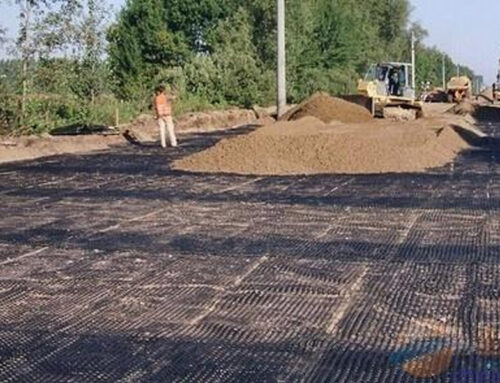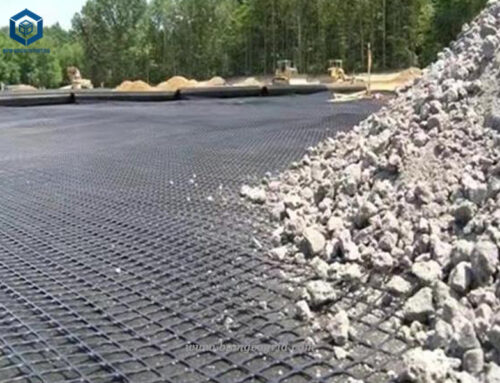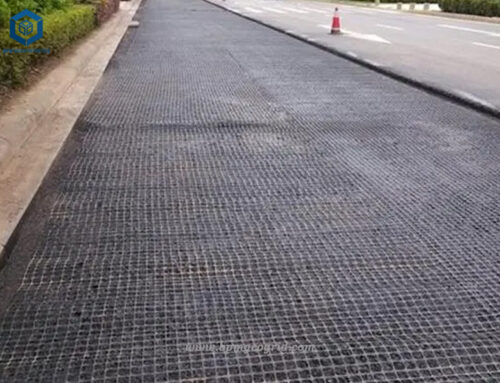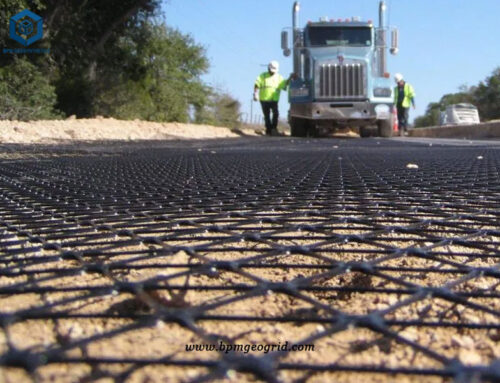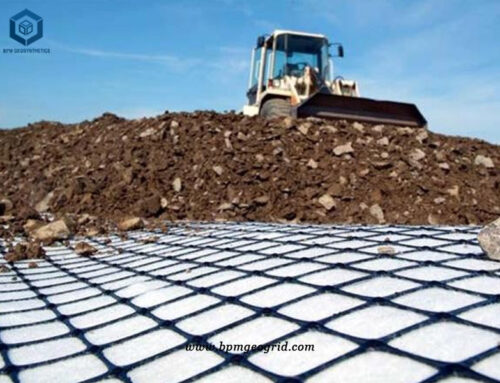Biaxial geogrid for road reinforcement is the mostly used construction method. The biaxial geogrid is formed by stretching, forming, punching, and then longitudinally and transversely using a polymer, the geogrid material has great tensile strength in both the longitudinal and transverse directions. The biaxial geogrid has strength in two direction which can offer unique performance and efficacy compared to other geosynthetics. Biaxial geogrid for road reinforcement geogrids improve the performance of aggregate base course materials supporting, paved and unpaved roadway surfaces and railway ballast and Mechanically Stabilized Earth (MSE) walls and slopes.
Case Study
- Location: Australia
- Product: Biaxial Geogrid
- Project: Roadbed reinforcement
Darwin is famous for wet weather and soft soil, and highway construction in this area is a challengeable work. The above two obstacles needed to be overcome during the expansion of the Arnhem highway and bridge north of Darwin. The road construction company in Darwin asked BPM to provide technical expertise and resources related to the following aspects to strengthen the soil structure with biaxial geogrid for road construction projects.
The project planned to expand the highway from two lanes to four lanes in 1.84 mile length. The existence of compressible soil under the roadbed of the new road should be carefully treated, and the precast concrete panel retaining wall originally planned would have long-term differential settlement problems. The preferred solution of the Darwin Department of Transportation (DDOT) is the 1H:1V reinforced soil slope reinforced with biaxial geogrid for road. The plan included biaxial geogrid on both sides of the proposed road to reinforce the embankment and a multi-purpose path installed along the entire right side of the embankment.
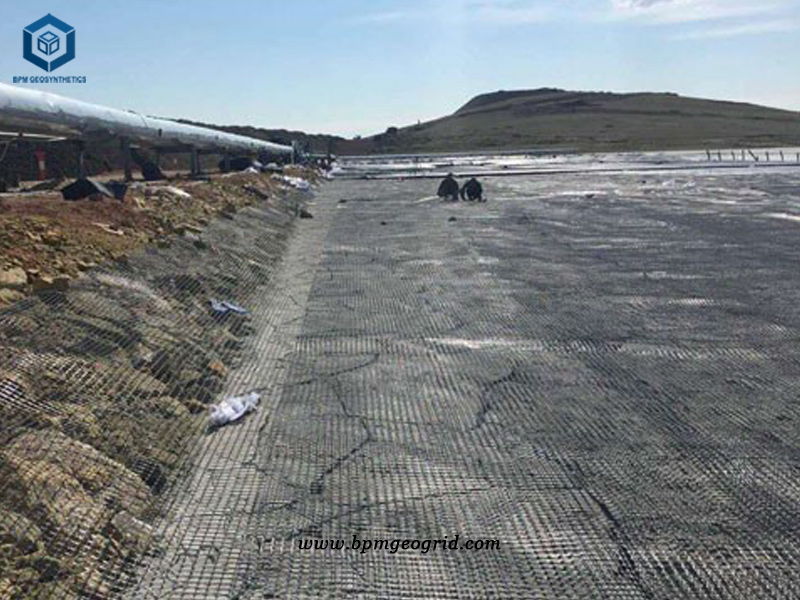
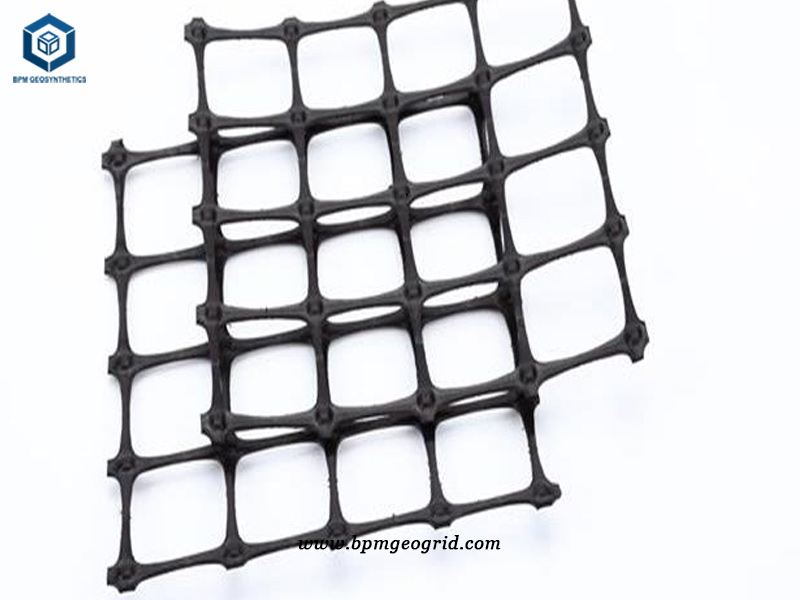
The road construction company and BPM team worded together to provide a complete construction plan for Darwin’s general contractor. The design included a 1H:1V slope, the vertical spacing of the BGSG 50 main geogrid layer was 2 feet, and the middle steel bars of the microgrid are placed on a vertical spacing of 1 foot. The main biaxial geogrid reinforcement solved the overall global stability of the structure and provided a 1.5 FS. The middle reinforcement of the geogrid solved the local surface stability of the 1H:1V slope. The final slope surface was covered with a synthetic erosion blanket to support the establishment of turf vegetation on the slope.
The plan also included the use of excess filler from the mainline site to install temporary additional dikes in nearby locations. The plan called for a 14-foot-high, 1,300 linear-foot embankment with a slope of 1H:1V. The soil structure was installed along the planned road route to promote the consolidation of the compressible soil below. A layer of BGSG 35 geogrid for roads was placed in the coverage of the embankment, and then a multi-layer BGSG 20 and microgrid were placed in the 44,000 SF slope area where the geogrid reinforces the slope. The dike was expected to settle approximately 10 feet in six months.
The final project included 15,000 linear feet of 1H:1V biaxial gepgrid reinforced soil slope, totaling more than 130,000 SF slope area slopes, representing the largest geogrid slope built by BPM to date. The project leader of the road construction company said: “We are very satisfied with the BPM products, especially the microgrid used for intermediate reinforcement. We are proud to be able to build one of the largest slopes in Darwin’s history.”
Benefits
BPM biaxially stretched plastic geogrid is made of high molecular polymer through the process of extrusion, forming and punching, and then stretched longitudinally and transversely. The material has great tensile strength both longitudinally and transversely. This structure can also provide a more effective ideological interlocking system for bearing and spreading in the soil, which is suitable for large-area permanent bearing foundation reinforcement. The biaxial geogrid for roads can effectively deal with the problem of roadbed settlement caused by wet weather and soft soil, and can effectively reinforce the roadbed to ensure the stability and crack resistance of the road.
Summary
With the rapid development of the world economy, the speed of infrastructure construction in various countries has also accelerated. Affected by geological and climatic factors, every country pays more attention to the construction of transportation facilities. But it will encounter various problems such as frozen soil, soft foundation, rock foundation and humid climate, which will cause the road foundation to appear settlement, road cracking, and short road life.
The emergence of geogrid has solved this problem well. The emergence of plastic geogrids, warp-knitted polyester geogrids, steel-plastic geogrids and other geogrids can greatly strengthen the roadbed and pavement of roads, railways and other transportation facilities.
It can effectively solve the problems of pavement cracking and roadbed settlement, and the biaxial geogrid can greatly extend the service life of transportation facilities, but also enhance the economy.
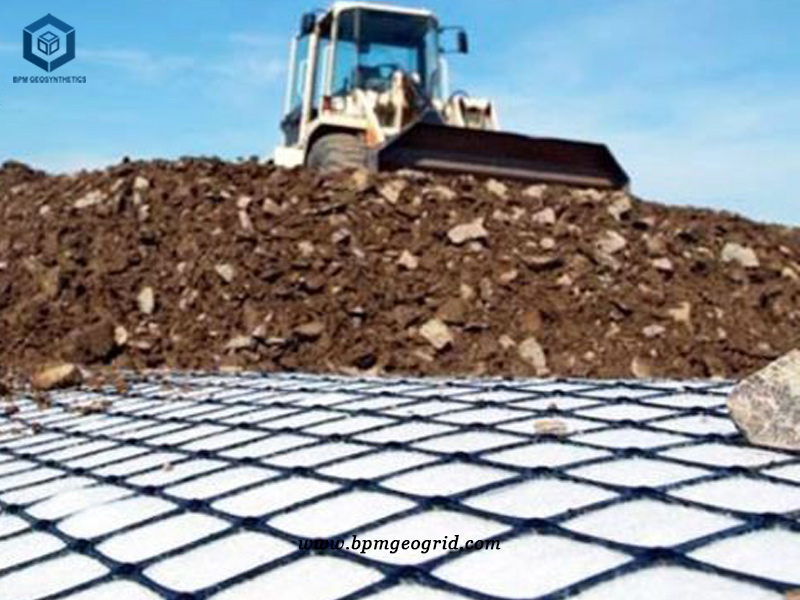
About BPM
BPM manufactures and supplies many types of effective and state of the art geogrid, geomembrane, geotextile, and geosynthetics to over 36 countries. Our main innovative, high quality geogrid products include plastic biaxial geogrid, fiberglass geogrid, plastic uniaxial geogrid, warp knitting polyester geogrid, and steel plastic georgic mesh, etc. BPM brand brand high quality geosynthetic products had been certificated by the ISO9001, ISO14001,OHSAS18001 Soncap, SASO and BV, SGS and Intertek, etc.
If you have any questions or inquiries, please fill in and submit the form to contact us.

